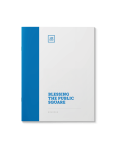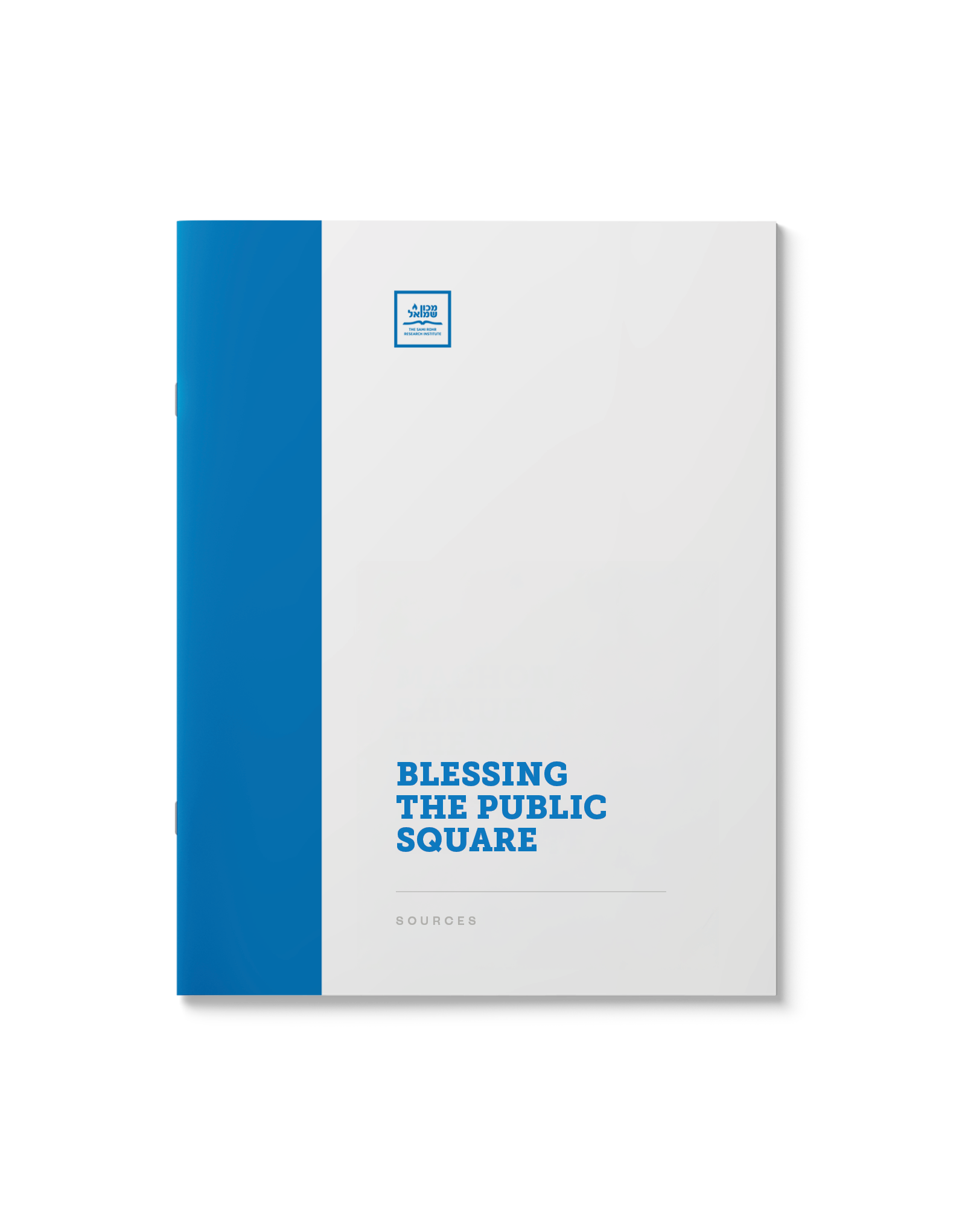Blessing the Public Square (Sources)
$39.00
One of the the central themes of Chanukah is Pirsumei Nisa, the public display and celebration of the holiday. Around the world, Menorah’s are kindled in Malls, at City Halls and all sorts of public places. May one recite the traditional blessing over the Chaukah lights if they are being lit in the city square and not in the privacy of one’s home or Shul?
| Language | English |
|---|---|
| Paper Type | Sources |
| Pages | 28 |
Related Products
בירור מקיף על מצות שופר ומשמעותם הפנימית של סוגי הקולות וסידורם לאור החסידות.
The water used to bake Matzah must be mayim shelanu—water that had been drawn in the evening and left to cool overnight. What is the halachic background for this requirement?
The uncertain ownership that yeshivah students have of their dormitory rooms creates chaos when it comes to Pesach preparations. This paper clears the confusion. Must they do bedikas chametz? If yes, with or without a brachah? And do they also need to sell the chametz?
This paper features a curricular overview of the mitzvah of experiencing Oneg Shabbos.
Brushing teeth triggers various halachic concerns about the violation of Shabbat. This paper deconstructs the practices of oral hygiene to examine if there are issues of chovel, schita, uvdin d’chol and memareach.
Have you set up “Hey Siri!” on your iPhone yet? How about the Amazon Echo to obediently adjust your thermostat, turn on your lights and play your favorite music – all by the sound of your voice?
During the week this might be great, but what about on Shabbos? Do the laws proscribing creative activity extend to actions that result from our verbal expression? What if some technology was devised to act upon your thoughts?
Related: “An Uplifting Shabbos” and “Motion-Triggered Sensors”
“You shall observe My statutes . . and live by them” (Vayikra 18:5).
What halachic guidelines are invoked to protect the well-being of the ill and infirm on fast days? What medical advice should be sought out in advance, and what questions need to be asked? When ought one resort to ‘shiurim’? How are they calculated?
Reviewed by a Moreh Hora’ah B’Poel
The shofar is an ancient musical instrument used to call the Jewish people together. It was blown to announce the new month, before the commencement of battle, and other occasions. It is still used on Rosh Hashanah and the closing of Yom Kippur to call the people to repentance. When was the shofar used for the first time?
In response to the buzz surrounding #GefilteFishGate, we shared the following material (free) on our social media feed on Facebook and Twitter
This is where we stand on #GefilteFish
Follow us there for more exclusive content!
The mandate to rest on Shabbos also precludes having work done for us by gentiles, under specific conditions.
May one send Priority, Express or 2nd Day Mail on Friday? What about ordering through Amazon Prime?
What may one say (or dictate) when scheduling shipping without violating Shabbos by proxy?
Up, down, left, right, the lulav nanuim are a bewildering sight. This paper delves into the mysticism behind the historically venerated mitzvah of shaking lulav and esrog. What are its origins? What does it represent? How is it relevant today?
Shabbat candles are perhaps one of the most evocative images of Jewish life. What is the source for this practice? Where, and how many, Shabbat candles are lit?















